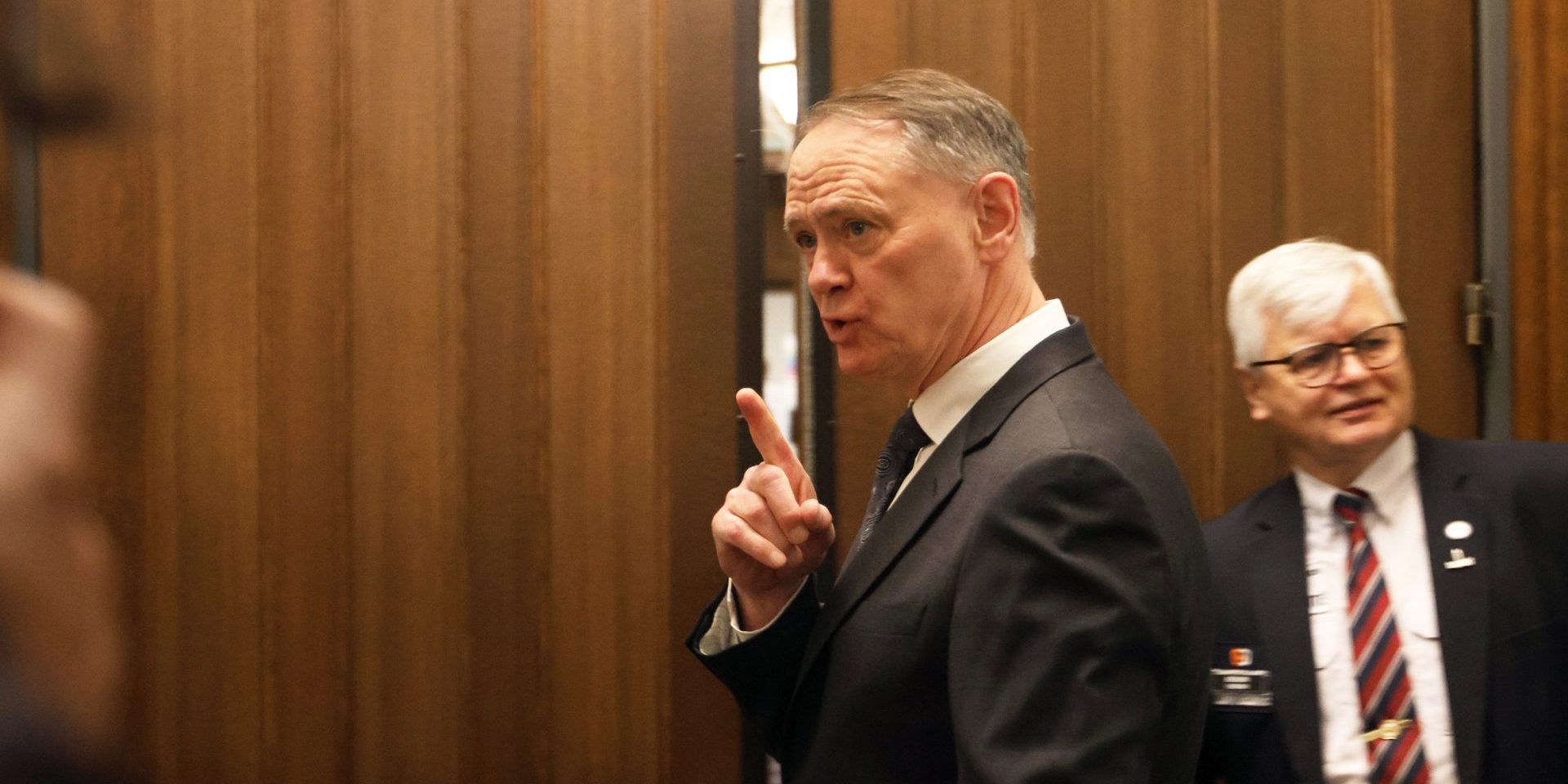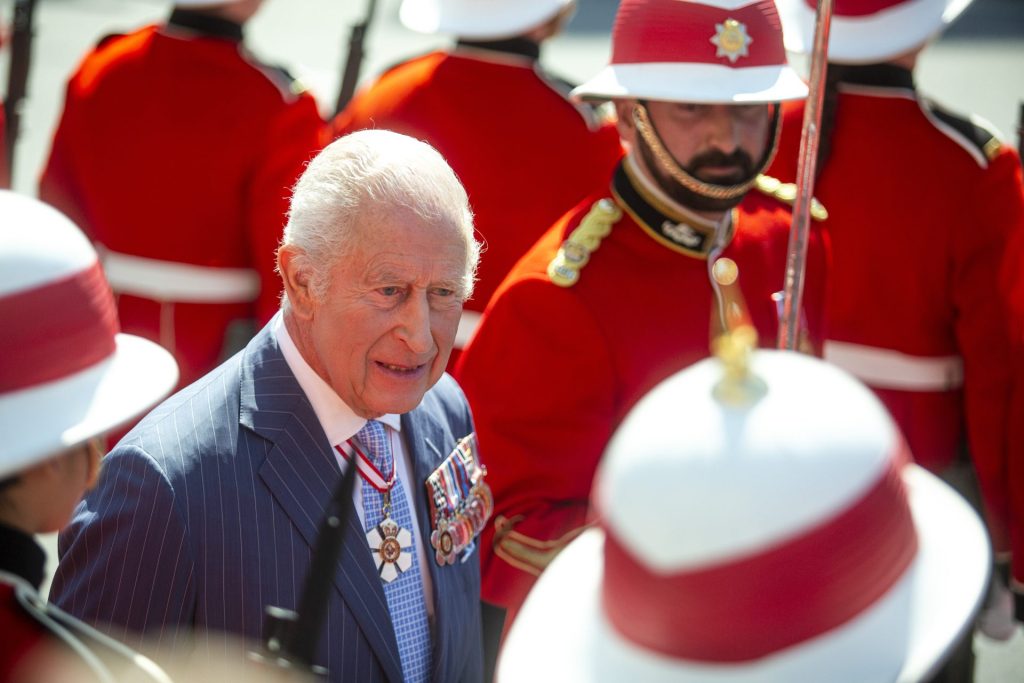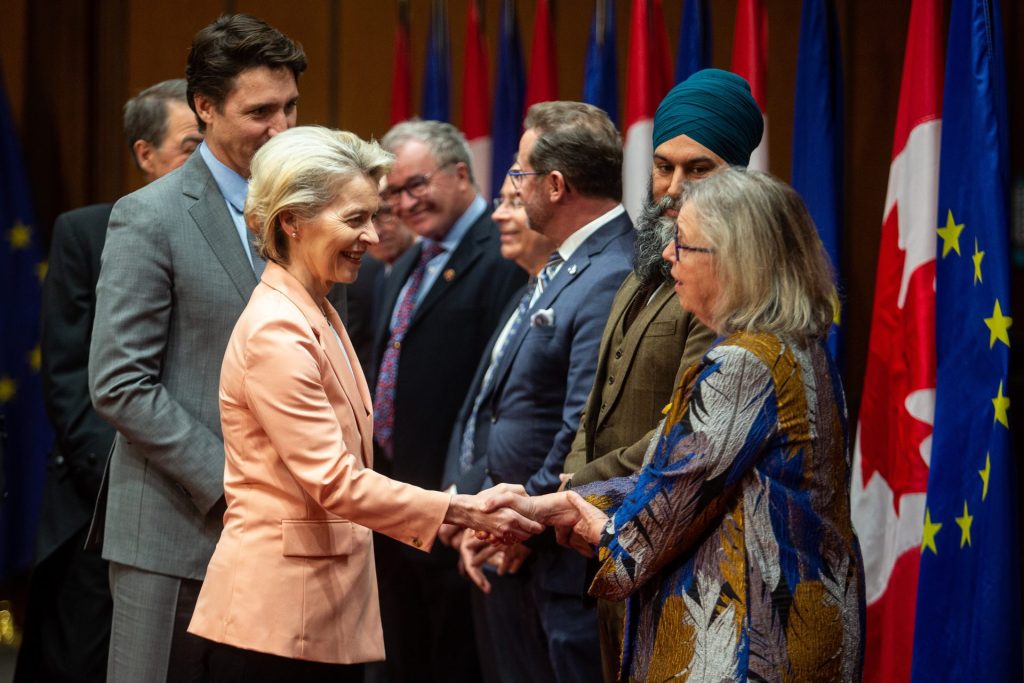Potential Canada-EU defence deal short on details as questions loom over feasibility of displacing U.S. links

With Canada heading towards joining Europe’s defence rearmament plan, much remains up in the air about how fully it would reorient Canada’s defence co-operation away from its current reliance on the United States.
The May 27 Throne Speech noted that Ottawa would “boost Canada’s defence industry by joining ReArm Europe, to invest in transatlantic security with Canada’s European partners.”
ReArm Europe is a European Commission project to have the bloc spend $1.25-trillion on defence over the next five years.
A May white paper for the plan noted that co-operation between Europe and Canada has “intensified and should be further enhanced … to strengthen transatlantic security.”
Canadian Global Affairs Institute president David Perry, an expert on defence procurement, said there is still much to be determined about what a Canadian role in ReArm Europe would mean.
“I don’t think at this point we have a clear idea of what this will or won’t bring, but it’s a new opportunity and a new market to potentially solidify and further relationships we have to some extent, but in some cases could be stronger,” he said. “What the prime minister is doing by signing on is absolutely the right thing to do, but we’ll have to see what comes of it—what opportunities exist in practice, not just in theory.”
Perry said he views Canada’s role in the plan through a lens of diversification as opposed to charting a course for greater stability.
On the day of the Throne Speech, Prime Minister Mark Carney (Nepean, Ont.) questioned the logic of having so much defence capital flowing south of the border.
“Seventy-five cents of every dollar of capital spending for defence goes to the United States—that’s not smart,” he told the CBC, remarking that he would like to see “something concrete” by July 1.

The public broadcaster subsequently reported on June 13 that a deal could be inked as early as June 23, with the expected signing to take place at the Canada-European Union summit in Brussels later this month.
The Canadian government has indicated it is working with Brussels to see where it can find “mutually beneficial” procurement projects.
European Commission President Ursula von der Leyen said the current moment is one to “strengthen Canada’s role in Europe’s rapidly evolving defence architecture.”
“We have started to discuss how we can get even closer in building up our defence architecture,” she said during a pre-G7 summit press conference in Kananaskis, Alta., on June 15.
Von der Leyen said Canada and Europe are working together to sign a defence and security partnership at the Canada-EU summit, which would give Canada access to the ReArm Europe plan.
“The security and defence partnership will basically open the door for joint talks with Canada and their access to our SAFE program,” she said.
The SAFE initiative—Security Action for Europe—offers up to $235-billion of loans aimed at boosting defence capabilities with “common procurement.”
Perry said that it is still unknown if Canada’s bid to join ReArm Europe would reposition the country from a north-south military co-operation view to one that is increasingly transatlantic.
“Geography, cultural similarities, tight defence linkages—all of those things have gone hand in glove with the defence industrial links,” he said. “Part of the reason we’ve had access to the U.S. market is that we’ve purchased a lot of our defence goods from there.”
He said that regardless of new projects to increase European defence spending, it likely won’t match what the U.S. would be looking to spend.
“The U.S. market is going to remain larger. Just on the straight economics of it, there’s more potential opportunity in the U.S.,” he said. “Canada has had highly preferential access to the American market … compared to some other countries.”
It’s unknown how the Canadian defence industry’s access to Europe would work in practice, Perry said.
He added that it is a novel mechanism through which companies would have to navigate. Perry said that Canadian firms are much more aware of what opportunities exist south of the border.
For decades, Canada has attempted to diversify its trading relationship to overcome its reliance on the U.S. market with little success as few companies could resist an overarching dependency on the world’s largest market just across the border.
“As much as [this] is setting up diversity of supply, my guess is that it may not be all that different from regular commercial trade under the CETA [the Canada-EU Comprehensive Economic and Trade] Agreement, where the government negotiated the agreement, and that framework’s in place, and Canadian companies have that ability to sell into Europe under preferential tariff situations; but the actual take-up on that, and the take-up on using the preferences that have been negotiated for companies to use, is not as extensive as the expectation was,” he said.
The third option 2.0
In the early 1970s, the government of then-prime minister Pierre Trudeau proposed a third option to reduce reliance on the U.S., which was ultimately unsuccessful.
Andrew Rasiulis, a former Department of National Defence official, said that the proposed Canadian participation in ReArm Europe brings “a lot of déjà vu.”
He noted that in the late 1970s, as Canada was pushing for a third option with Europe, the Trudeau government purchased Leopard 1 tanks from the West Germans.
“We’re doing another version—an Act Two—of diversification that we did in the ’70s,” Rasiulis said. “We know what happened in the ’70s—it didn’t work very well.”
He said while the Canadian Army bought more European kit—such as the West German tanks and jeeps, as well as Belgian arms—it didn’t move the needle in any major way.
“Politically speaking, it didn’t change a lot. We’ve kept drifting towards the United States,” he said, remarking that the Canadian defence industry preferred a north-south model as opposed to a transatlantic one. “It’s just that much easier.”
The success or failure of Ottawa joining ReArm Europe will depend on how much the continent wants Canada to be part of its system, Rasiulis said.
It will also depend on whether there will be a return to more normal operations in the Canada-U.S. relationship.
“If things normalize in our relations with the United States … I would bet that Canadian industry would return to the gravitational pull of the United States,” he said. “Unless the government has incentives, then industry will go the easy way.”
Will Canada-U.S. relationship nadir break decades-long defence industry bonds?
Charles Davies, a former defence procurement official, said that while joining ReArm Europe is a shift for Canada, it remains to be seen if Ottawa will reorient its defence relationship away from the U.S.
Davies, a retired colonel in the Armed Forces, was the senior director responsible for material acquisition at DND.
“Defence co-operation between Canada and the U.S. is many decades old—well established, lots of very strong industrial partnerships that cross the border. Certainly, while things have gotten awkward in the last number of months, it remains to be seen what the long-term impact of the Canada-U.S. relationship is going to be,” he said, remarking that is particularly true for defence industrial co-operation.
But Davies said that there is “considerable scope for broadening the range of partners” that Canada deals with.
“Europe offers a very attractive-looking option,” he said.

He said that doesn’t have to come at the expense of cutting down on co-operation with the U.S.
Davies said that if the Liberal government is contributing funding to ReArm Europe, it will expect to receive industrial and economic benefits in Canada from those projects.
He added that it’s not just defence firms that could have a role to play in ReArm Europe, but also more conventional civilian companies, like Bombardier.
Fighter jet, submarine buys unlikely to be included
With Canada embarking on two major procurements to replace its fleets of fighter jets and submarines, procurement experts say they believe those will not likely be part of any ReArm Europe effort.
Perry said based on the categories for which the European management plan has signalled loans would be used, it would be unlikely that the two major Canadian purchases would be covered.
The European Commission has indicated that seven categories would be covered by loans: “air and missile defence”; “artillery systems”; “missiles and ammunition”; “drones and anti-drone systems”; “strategic enablers and critical infrastructure protection, including in relation to space”; and “cyber, artificial intelligence, and electronic warfare.”
“You’d have to take a very elastic definition of maybe air and missile defence to shoehorn fighter capability into one of the capability areas that it is about,” Perry said. “It’s not about fighter aviation.”
Perry also said none of the categories would cover submarine technology.
The federal government is currently reviewing the plan to purchase F-35 warplanes from U.S.-based Lockheed Martin. A recent report from Auditor General Karen Hogan found that the cost of buying F-35s had risen to $27.7-billion from the $19-billion price tag that was pegged by DND in 2023.
Davies said integrating a European aircraft within NORAD would be “difficult.”
“None of them has the ability to seamlessly integrate systems and share data in real-time the way the F-35 is designed to do,” he said, but noted that if Canada wants a permanent air presence in Europe, then a European design would make sense.
nmoss@hilltimes.com
The Hill Times






 LICENSING
LICENSING PODCAST
PODCAST ALERTS
ALERTS













